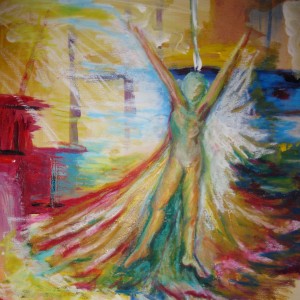The use of art therapy in treating addiction has become a common practice in the rehabs and addiction treatment centers of North America. Art therapy, in the form of painting, drawing or making collages, has been found to hold a number of benefits for addicts. The artistic process is so beneficial that many rehabs and addiction treatment centers list it as part of their program and treatment plan. People are equipped with a creative part of the brain and making use of it to ease the symptoms and tendencies of addiction has proven to be highly successful.
The artistic process connects addicts to under-resourced parts of the brain and ways of thinking that have long been forgotten about. Using the creative part of the brain opens up channels in the neural network that have retired, and makes it possible to change thought patterns simply through the act of creating. This is very useful to addicts who’s primary goal is to change their thought and behavioral patterns.
The arts also seem to have a calming “zen” type effect on people. Any process that people can do recreationally that does not require much of the problem solving faculty is good for people. Delving into a creative process that allows for practicing skills but also having total creative freedom is very good for the human mind. The sense of control it gives the artist is therapeutic, and the freedom to execute a creative vision is invigorating and restorative.
Merely being able to express emotions through the creative process is reason enough for recovering addicts to participate in art creation. A person can express anything they are feeling through art. The use of color, light and shadow can convey mood. The subject of the art piece can be used to direct emotion toward. The artist can use the art as a discovery process, moving forward into it without planning it out. Or, they can execute an artistic vision they are having, purging their emotions in a healthy, productive way onto their chosen canvas.

